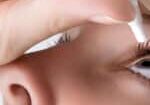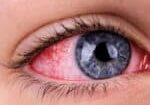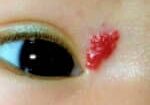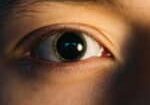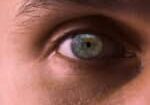What Is Mydriasis (Pupil Dilation)?
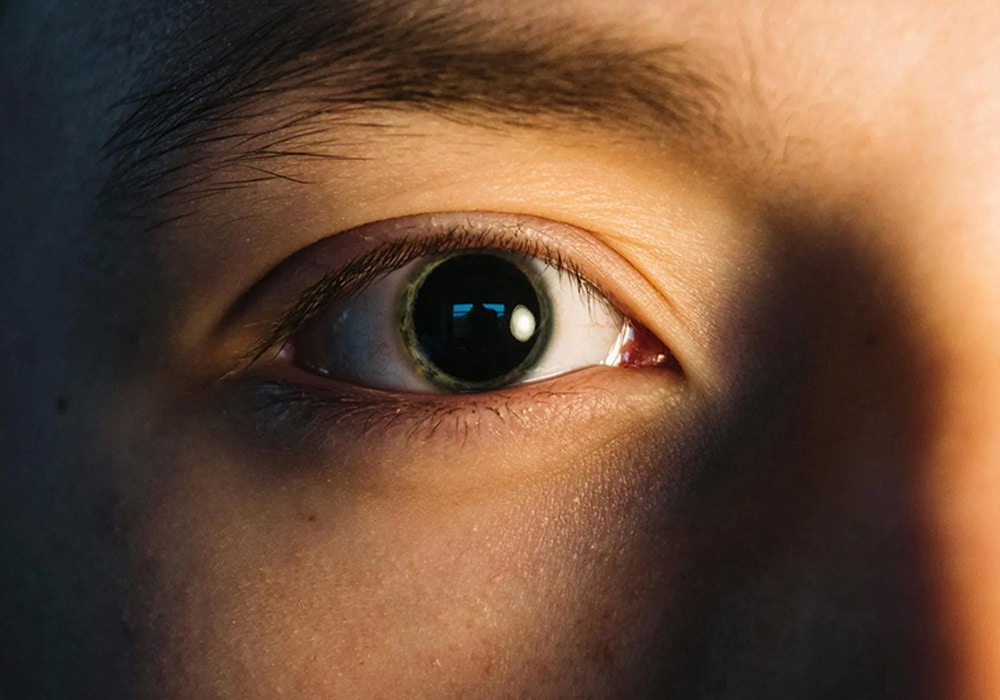
گشاد شدن مردمک ها (میدریازیس) به حالتی گفته می شود که مرکز سیاه چشم بزرگتر از حد طبیعی باشد.
Mydriasis refers to the abnormal or excessive dilation (enlargement) of the pupil that is not related to normal adjustments to light or darkness. In this condition, the pupil becomes larger than usual and may respond poorly or not at all to light stimulation. Mydriasis can be temporary or permanent, depending on its underlying cause.
Common Causes of Mydriasis
- Physiological Response
Normal pupil dilation occurs in dim light, emotional excitement, or during focusing on distant objects. - Medications
Drugs such as anticholinergics (e.g., atropine), sympathomimetics (e.g., phenylephrine), or recreational substances (e.g., cocaine, LSD) can cause pharmacologic mydriasis. - Neurological Disorders
Damage to the third cranial nerve (oculomotor nerve), brain injury, stroke, or increased intracranial pressure can lead to pathological pupil dilation. - Ocular Trauma
Injury to the eye or surrounding structures may disrupt normal pupil function, resulting in persistent mydriasis. - Adie’s Tonic Pupil
A rare neurological condition where one pupil is abnormally large and reacts sluggishly to light but better to near effort (accommodation).
Symptoms Associated With Mydriasis
Depending on the cause, patients may experience:
- Blurred or impaired near vision
- Increased sensitivity to light (photophobia)
- Headache or eye pain (if related to neurological causes)
- Noticeable asymmetry of the pupils (anisocoria)
Diagnosis
An ophthalmologist or neurologist will perform:
- A detailed medical history review
- Pupillary light reflex testing
- Slit-lamp examination
- Neurological examination
- Imaging studies (MRI or CT scan) if a neurological cause is suspected
Treatment
Treatment focuses on addressing the underlying cause:
- Discontinuing or adjusting medications causing pharmacologic mydriasis
- Managing neurological or traumatic injuries appropriately
- Protective eyewear and tinted lenses may be recommended to reduce light sensitivity
In some cases, no specific treatment is required if the condition is benign and not affecting vision or eye health.
Important:
Sudden or unexplained mydriasis, especially if associated with other neurological symptoms (like drooping eyelid, double vision, or headache), should be treated as a medical emergency.

